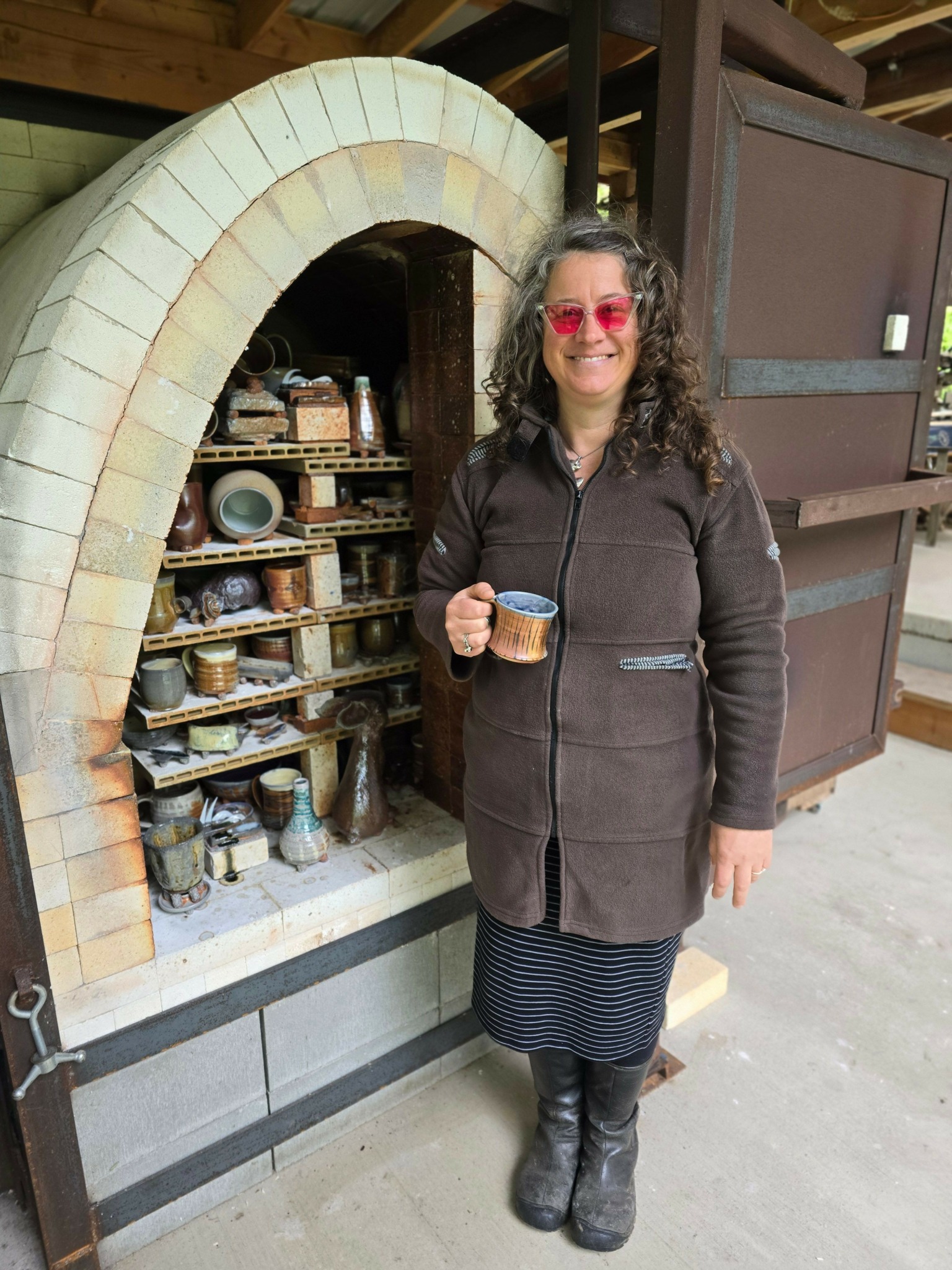Alright – so today we’ve got the honor of introducing you to Jennifer Yates. We think you’ll enjoy our conversation, we’ve shared it below.
Alright, Jennifer thanks for taking the time to share your stories and insights with us today. What do you think it takes to be successful?
Perseverance: stick with your goals, don’t give up, try different avenues and work until it happens.

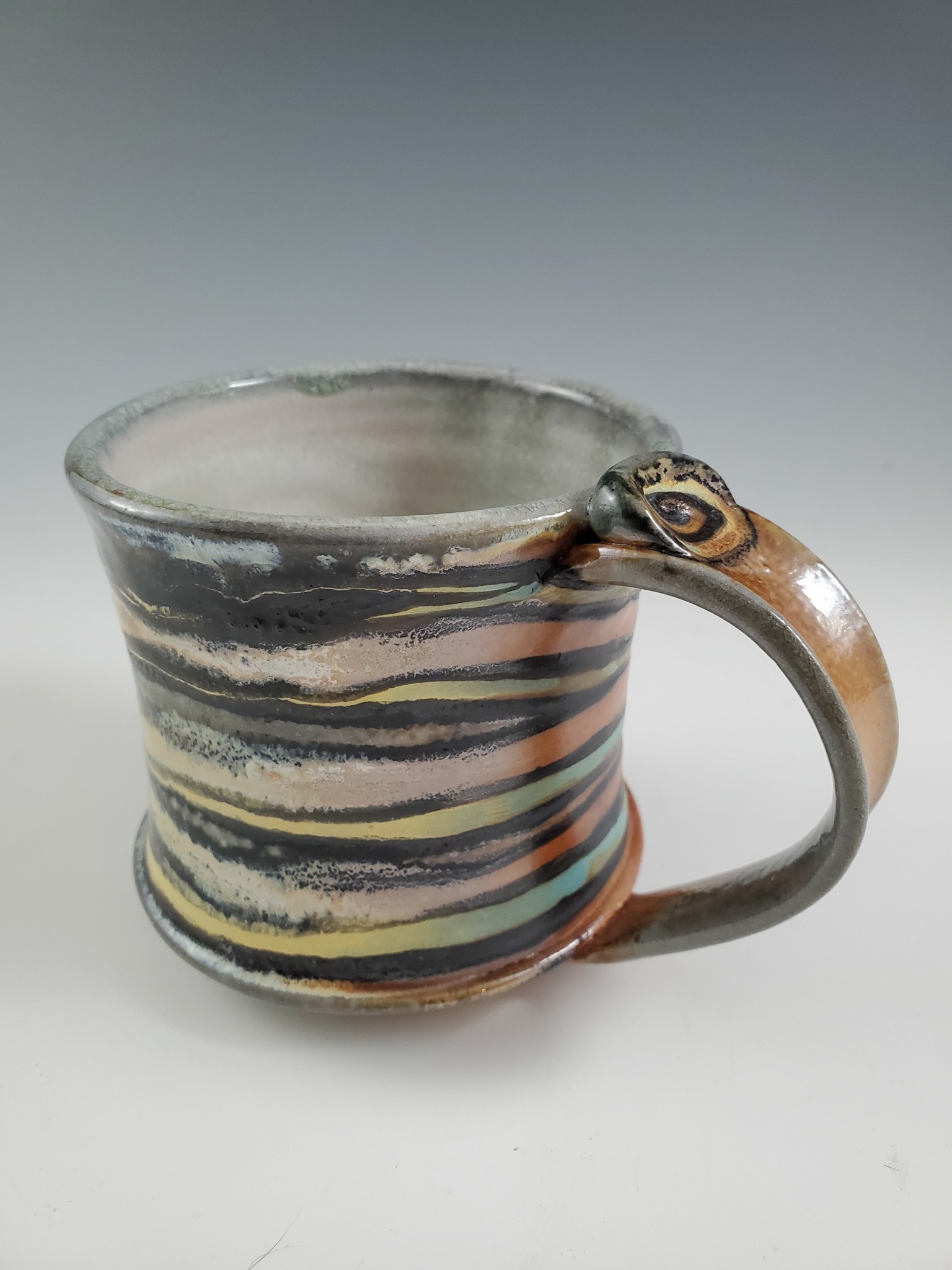
Jennifer, love having you share your insights with us. Before we ask you more questions, maybe you can take a moment to introduce yourself to our readers who might have missed our earlier conversations?
I fell in love with art at a young age, who doesn’t! I stuck with with it, most do not. Why am I different? I don’t think a lot, but I didn’t give up and stop working I tried different things, discovered what worked for me and what did not and I figured out a way to make it happen.
Challenges I learned: A lot of what is success doesn’t always mean talent, but it means who you know. Living in a country without medical coverage and a diverse cost of living was a huge eye opener.
Wonders I learned: There are great people everywhere that are willing to help out and guide someone that has the will do do it.
Networking! As my grandmother always said, If there’s a will there’s a way. It wasn’t easy many days or years, but a huge learning curve and the ambition to make it happen even during trying times.
I have two degrees in art and education. I finished college with debit and decided to move across the country where I knew no one. It was a huge challenge since I wanted to find work in my degrees. I learned that moving from the Midwest to the west coast – they paid educators half of what they did in the Midwest and that the cost of living was more than double. I also learned that really it boils down to who you know and connections you make, along with perseverance.
I am most proud of not quiting or taking the easy way out. YES this was and still is very scary. The reward is happiness. If you know what makes you happy don’t give up. It took me time to realize I’m a people person and love working with people so teaching nailed that. It took me time that I do not like doing production work as it felt like I am a factory worker. I really enjoy creating my own designs and followed my heart when it comes to my work, but I also realize that I don’t do well when I’m creating art to just make money. I do better with my creative self to work with people and help them along with creating my own work and selling it as work I created for myself instead of just trying to make a living. This is what kept me in education and still making work on the side with my business. I love using my intelligent brain to work with people and help them navigate and design in the mediums I love working. I also realize American children really need good role models and another adults just to learn about life and all it has to offer.
I also love my solo time in the studio working. It’s a huge financial challenge to create a body of work and market it for what it’s worth. It’s also taken me learning culture of a different society. The west coast does not seem to financially support art as much as the Midwest or east coast. After seeing many artists go east to fund their career and working in public and private education I can say there is a serious lack of support in the arts k-12 on the west coast verses the Midwest or East Coast. Other parts of the country requires art k-12 or has generations of supporting various mediums such as pottery. These cultures tend to buy art from independent artists before mass chains.
What is my brand? Form with Function. I create work that essentially leads back to nature and the things that we see in our world. Much of it is organic and has one view the microscopic world we live in. I will attach my artist statements and you can see more:
Having lived and traveled to remote pristine places in nature has been inspirational in my art. The state of euphoria I find when experiencing these places I also experience in creating fine art. Patterns, colors, textures, and repetition of forms I see in my environment stimulate creativity and design in my ceramic and metal work.
My ceramic work is functional, yet artistic as sculptural forms. The porcelain ware I make is constructed to be used functionally. Having been a chef for many years creating sculpture with food and seeing ceramic ware hidden behind the doors of cupboards was an incentive for creating aesthetically pleasing dinnerware. Much of my work is to create and everyday piece of dinnerware into a sculptural form of fine art. I have pulled this ware out of the cupboard to stack sculpturally. I primarily work in porcelain to show the playfulness and gestural qualities of this medium. Reading the surfaces of the ceramic ware explains this process. The porcelain ware shows the movement of the potters wheel, yet the gesture of distortion with sculpting. Firing my work in an atmosphere such as, wood, salt, soda or a reduction gas kiln gives variation and a microscopic surface that varies from piece to piece. Clay is a medium that allows me to sculpturally explore various shapes, patterns, colors and textures through movement. Creating sculptural yet functional work allows one to constantly interact with this medium physically and visually.
Metalsmithing correlates with clay in many of the same ways. As clay metal is fluid and pliable in one stage yet hard when complete. Metal also has a microscopic surface showing varied effects like clay. My jewelry entails pattern texture and shades of color. The jewelry forms around the natural shape of a human yet stands sculpturally alone. Jewelry also being a three dimensional medium allows the viewer to physically interact with fine art.
Both my metal and ceramic art allow me to show others things and experiences that have been inspirational in my environment.
When a person supports my art they support an educator, a teacher, a person that has made a huge financial investment in education and the arts. For example learning about Mycology whether you know what that means or not, you might start to wonder why I have mushroom gill designs on my work, you might read about why I create this in my designs and you might learn that Mushrooms are healing our planet and people? It’s not always just about buying a pretty item, there’s interaction with it and hopefully learning more of where it stems from. You don’t get that intimacy at Ikea with items.
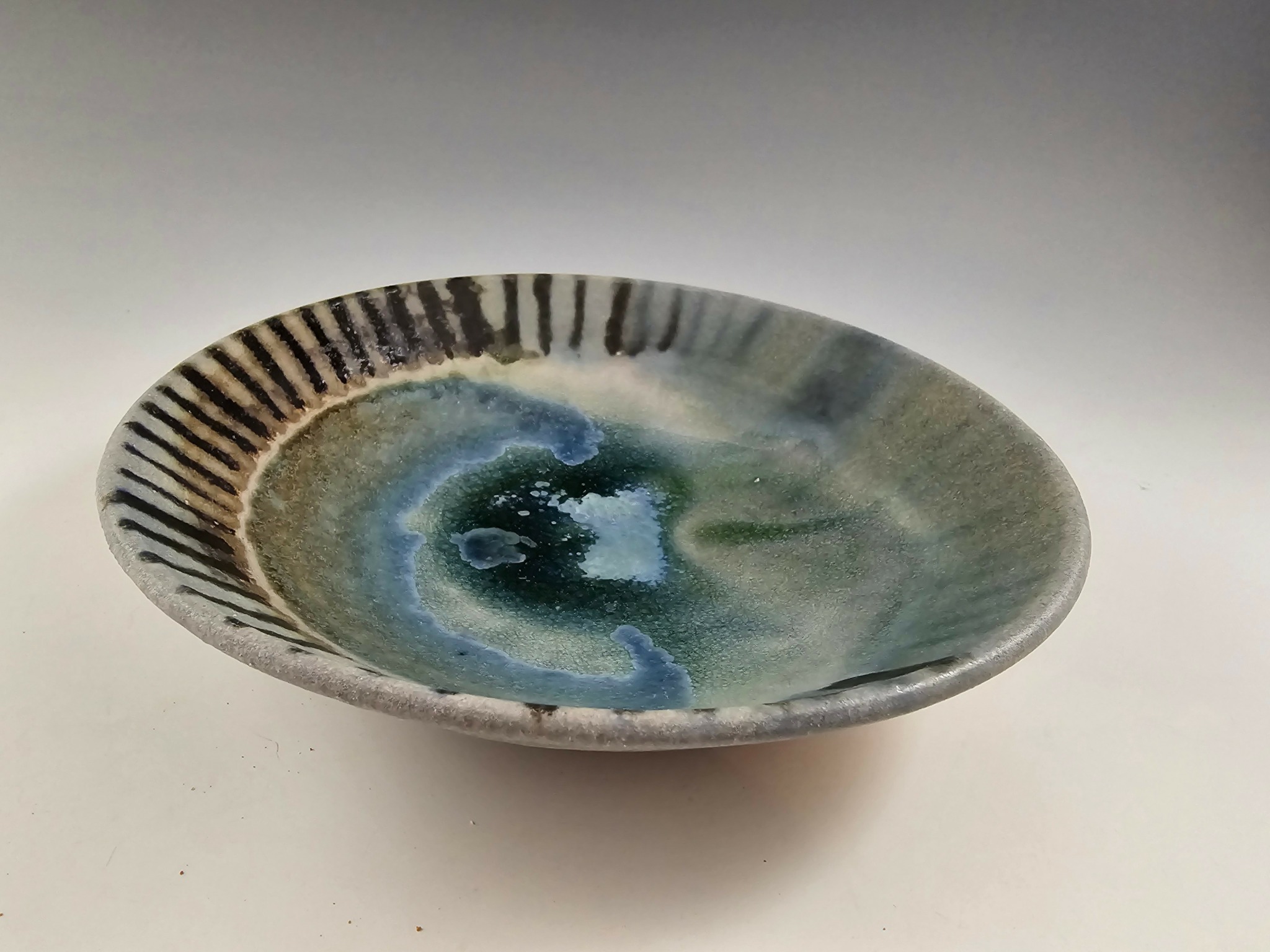

Any resources you can share with us that might be helpful to other creatives?
How to make a living! I have two bachelors degrees that taught me the medium, and how to go to grad school. I didn’t want to go into more debit so I went out into the working world after two degrees. I got a taste of the working world when in college one summer when I apprenticed under a master potter, but I really learned a lot working 8 jobs at a time after college. I learned how artist lay out their studio, how they work, how they travel to make there income. I also wish I could tell my younger self that there is so much grant and scholarship money out there I wish I would have started applying for it at an earlier age. I realized when I started getting scholarships that I made a lot of money per hour when I received them. It helped fund my last year of college and most of the equipment and educational experiences when I was a public school teacher. We live in a society with opportunities, but they are not advertised so it takes research, dedication and accepting rejection along with successes. This doesn’t happen on paid time, but a lot of personal time.
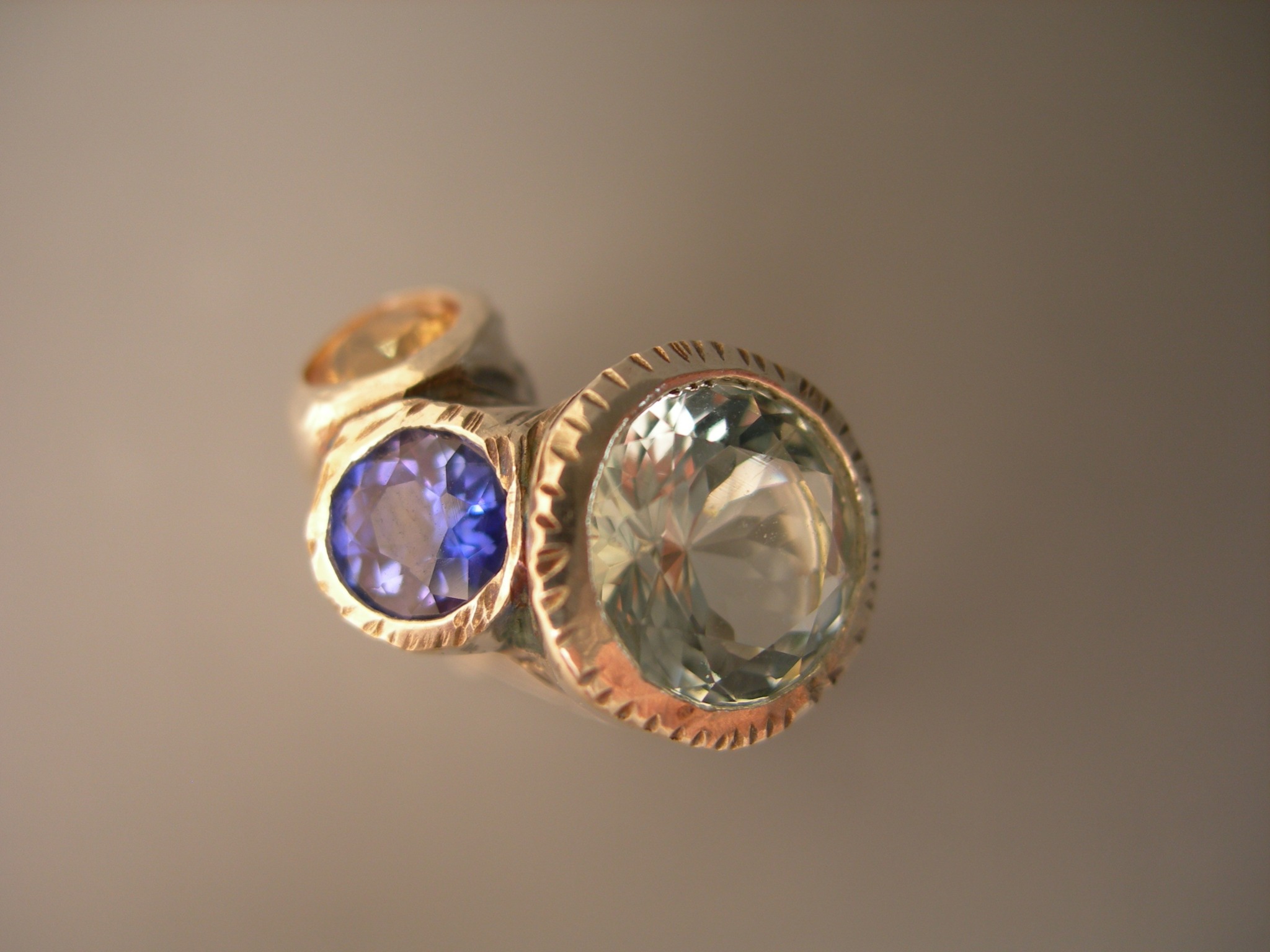
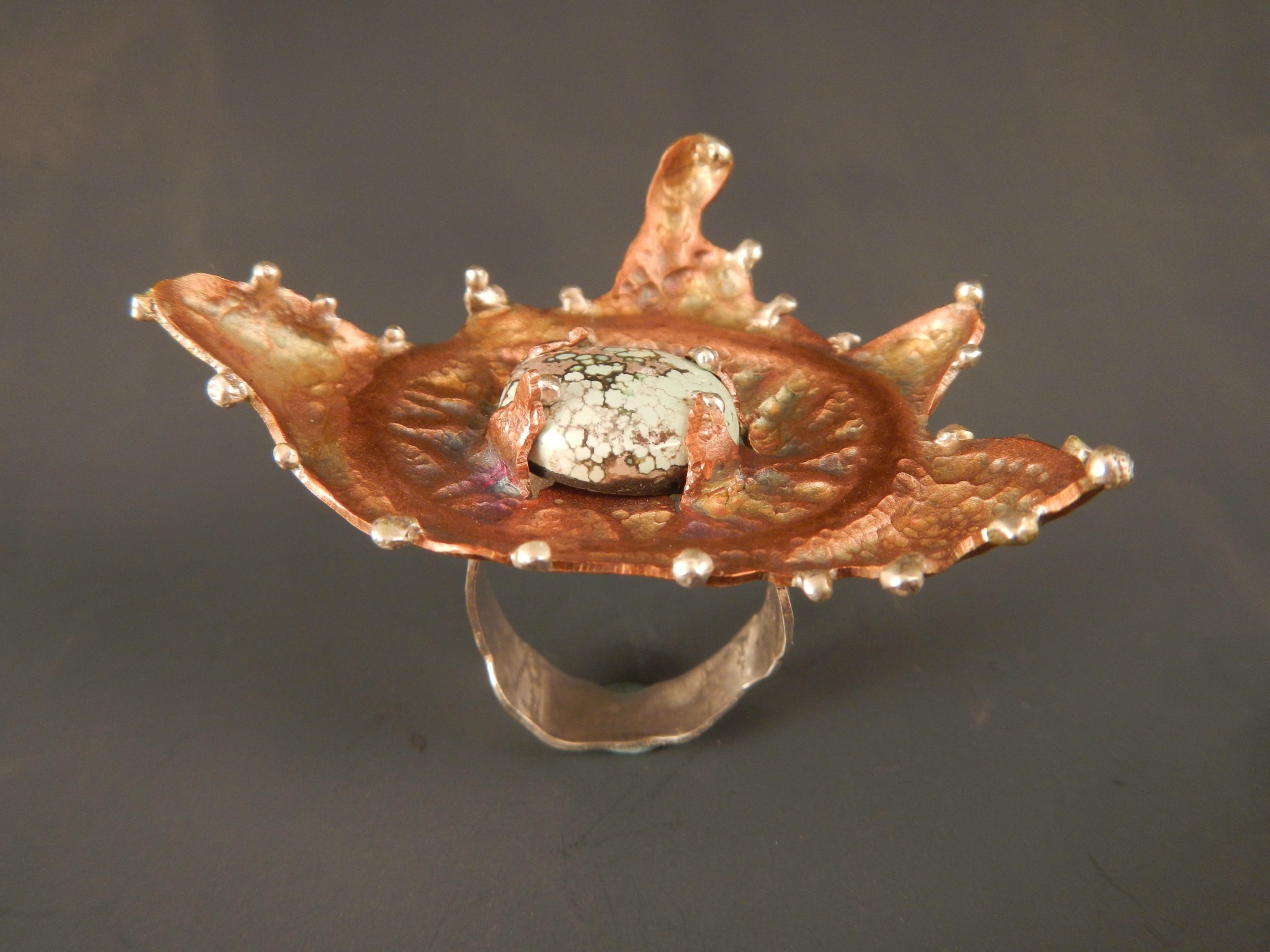
Can you open up about how you funded your business?
I went to a bank to see if I could get a loan to buy some of my equipment for my small business the first few years out of college. They told me no that I needed to do so with my credit card. So I thought back to one of my most realistic teachers who taught me how to get by with hand made tools and next to nothing equipment. He always said get the basics, earn money then buy the equipment that you want which is very expensive in the jewelry world. He also taught me how to find equipment from other resources. For example I purchased my first lost wax casting equipment from a dentist. Many dentists used to cast their own crowns and now source out these jobs. I was able to get this equipment next to nothing. I also bought a Dremel tool instead of a flexible shaft which was much less expensive in the beginning. Sure this equipment had restrictions, but after making money I was able to buy the more expensive equipment. He also taught us how to sell our products such as have a sort of “Tupperware party”. I learned people like to get together, and learn about the artist and therefore are more willing to support the artist if they have a personal relationship with them. Galleries used to do this for artists and now artists are to do this for themselves via social media. Also many of my jobs I was able to use the equipment when I wasn’t working so I was able to get things made to sell and support my mediums
Contact Info:
- Website: https://YatesFineArts.com
- Instagram: YatesFineArts.com
- Facebook: YatesFineArts.com
- Other: IF you’d like to be on my personal email list for when I have open studio send me an e-mail [email protected]

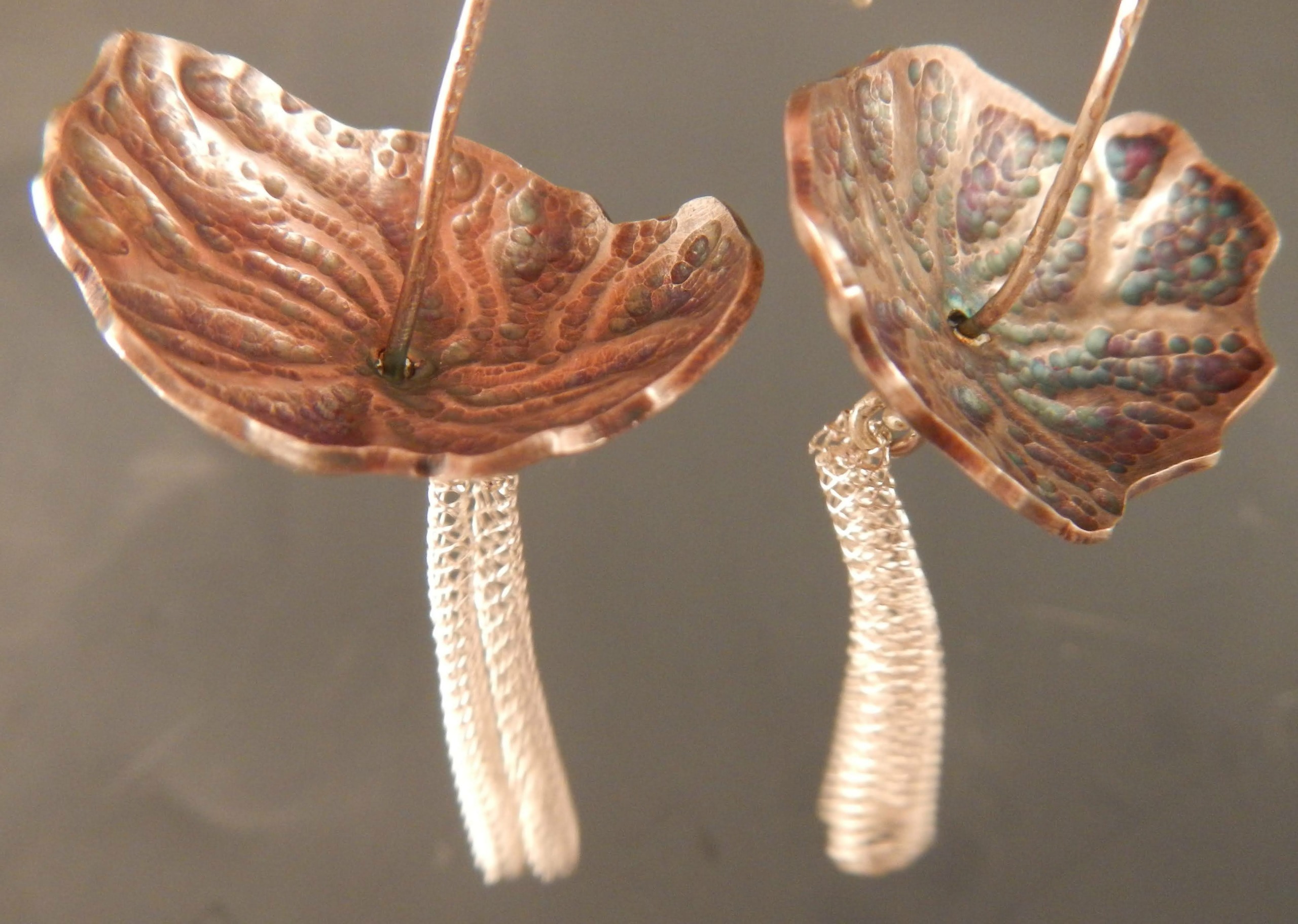
Image Credits
Jennifer Yates


